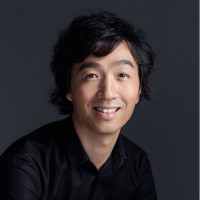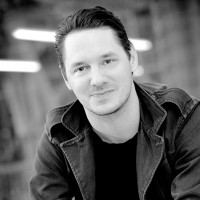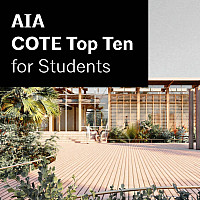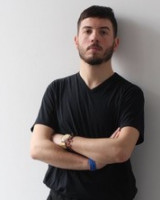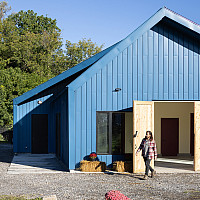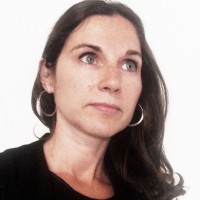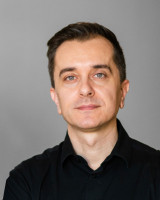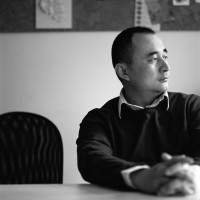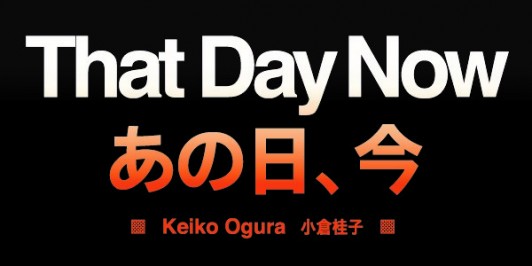
Across many Schools and Colleges at Syracuse University, and in partnership with the extended Syracuse community, Syracuse University will examine the current relevance of the 1945 atomic attacks on Hiroshima and Nagasaki, Japan. A series of public events and exhibitions will be organized around Ms. Ogura’s visit. Keiko Ogura is one of the few remaining English speaking survivors of the Hiroshima bombing.
Hiroshima survivor, activist, and storyteller
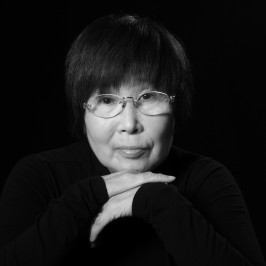
Event schedule
August 23 - November 26
Exhibition: That Day Now: Shadows Cast by Hiroshima
Everson Museum of Art
Curated by the Canary Project and Yutaka Sho, the show will include original artwork by Syracuse University art and architecture students.
October 19 - November 3
Installation: “That Day Now: Shadows Cast by Hiroshima”
Slocum Hall Marble Room
October 22, 6pm
Video Projection: “After Hiroshima Mon Amour” and “Let Me Count the Ways”
Slocum Auditorium
Ms. Ogura will be present.
October 23, 4:30-6pm
Lecture by Ms. Ogura
Sponsored by the School of Education
Gifford Auditorium, Huntington Beard Crouse (HBC) Hall
October 24
Ms. Ogura meets with local high school students in the morning at Everson Museum of Art
5:30pm: “Warped by Time, Shaped by History: The Art & Architecture of That Day Now”
Opening remarks by Keiko Ogura + panel discussion + reception
Slocum Hall Atrium
Panelists: Yutaka Sho, Associate Professor, Syracuse Architecture; Edward Morris, Professor of Practice and Director of The Canary Lab, Syracuse Transmedia, VPA; Linda Zhang, Harry der Boghosian Fellow, Syracuse Architecture;Annette Behrens, Artist
Exhibition opening reception for “That Day Now: Shadows Cast by Hiroshima-Slocum,” an installation designed to encourage visitors to encounter art and architecture of the nuclear age through books, videos and images
October 23 - 25 - 26 - 27
Ms. Ogura meets with various community groups, students, media
October 25, 3pm-4pm
Hiroshima Dark Tourism
A conversation with Ms. Keiko Ogura; Daniel Pacheco, Peter A. Horvitz Endowed Chair in Journalism Innovation (Newhouse); Yutaka Sho (Architecture)
Hergenhan Auditorium, 140 Newhouse III
Discussion participants, and only the participants, may sign-up for a virtual reality video workshop to experience the moment the A-bomb was dropped in Hiroshima, created by the students at Hiroshima Fukuyama Technical High School. The workshop will take place immediately after the conversation from 4 p.m. and 7 p.m., and the next day Thursday Oct. 26th from 11 a.m. to 2 p.m. at the Alan Gerry Innovation Lab.
October 26, 5:30pm
Everson Museum
Open conversation with Keiko Ogura
October 28, 9am-6pm
LLL / Moynihan Symposium: That Day in 1945: Effects of the Atomic Bombs in Post-WWII Japanese Culture
Slocum Hall Auditorium
October 30
Individual / small group meetings with Ms. Ogura, available by appointment; email for information.
Slocum Hall Marble Room
November 16
Closing reception for That Day Now: Shadows Cast by Hiroshima
Everson Museum of Art
More about Keiko Ogura
Peace related issues
Giving a speech as a witness as an Hiroshima A-bomb survivor
- ‘Simulated Antinuclear Tribunal’ (Nuremberg, Germany) in February 1983 Brazil (Rio de Janeiro)
- Inter Action Council in Hiroshima (OB Summit) in April 2010
- NPDI in Hiroshima in April 2015
- Pomona College (Claremont, California, USA) in October 2016
- New York University (New York) in March 2017
Meeting more nuclear victims outside of Japan and exchanged experiences
- First Global Nuclear Victims Conference in New York in September 1987
- Second Global Nuclear Victims Conference in Berlin in September 1992
- Exhibition of the B 29 Enola Gay, in Washington DC in December 2003
Films and books as a field coordinator (1984 – )
- Greek TV program produced by ‘War Zone’ - Hiroshima, Sadako, kam1kaze Children of Armageddon (France Documentary Film) - Three generations of Hiroshima survivors
- Bomb Under Ground (USA Documentary) - Mobilized students worked underground
- American Project (USA Documentary) - Message to American high school students
- My Small Steps from Hiroshima (NHK World program) August 6, 2016
- Book by Peter Wyden (USA) “Day One· Before Hiroshima and After” 1984 Book by Sally Sara (Australia) - Story of Hiroshima Survivor
- Book by Rahna Reiko Rizzuto (USA) “Hiroshima in the Morning” 2011 Book by Ari Beser (USA) “The Nuclear Family” 2015
Testimony
“That Day Now” sponsorship
- The Japan Foundation
- Hiroshima Peace Memorial Museum
- Hiroshima Fukuyama Technical High School
- Hiroshima Motomachi High School
- Everson Museum of Art
- Clear Path for Veterans
- Syracuse City School District
- Gabe Nugent
- Barclay Damon
- Syracuse University units/programs, including: the School of Architecture; The Canary Lab at the College of Visual and Performing Arts; Office of the Vice Chancellor for Academic Affairs; the East Asia Program at Moynihan Institute of Global Affairs; Syracuse University Galleries; the Maxwell School of Citizenship and Public Affairs; Institute for Veteran and Military Affairs; the School of Education; the Humanities Center; Languages, Literatures and Linguistics at Arts and Sciences; Syracuse University Study Abroad; the Center for Human Policy; the S.I. Newhouse School of Public Communications; the Syracuse University libraries, and the Disability Cultural Center.
(by Elaine Wackerow with Yutaka Sho and Edward Morris)
